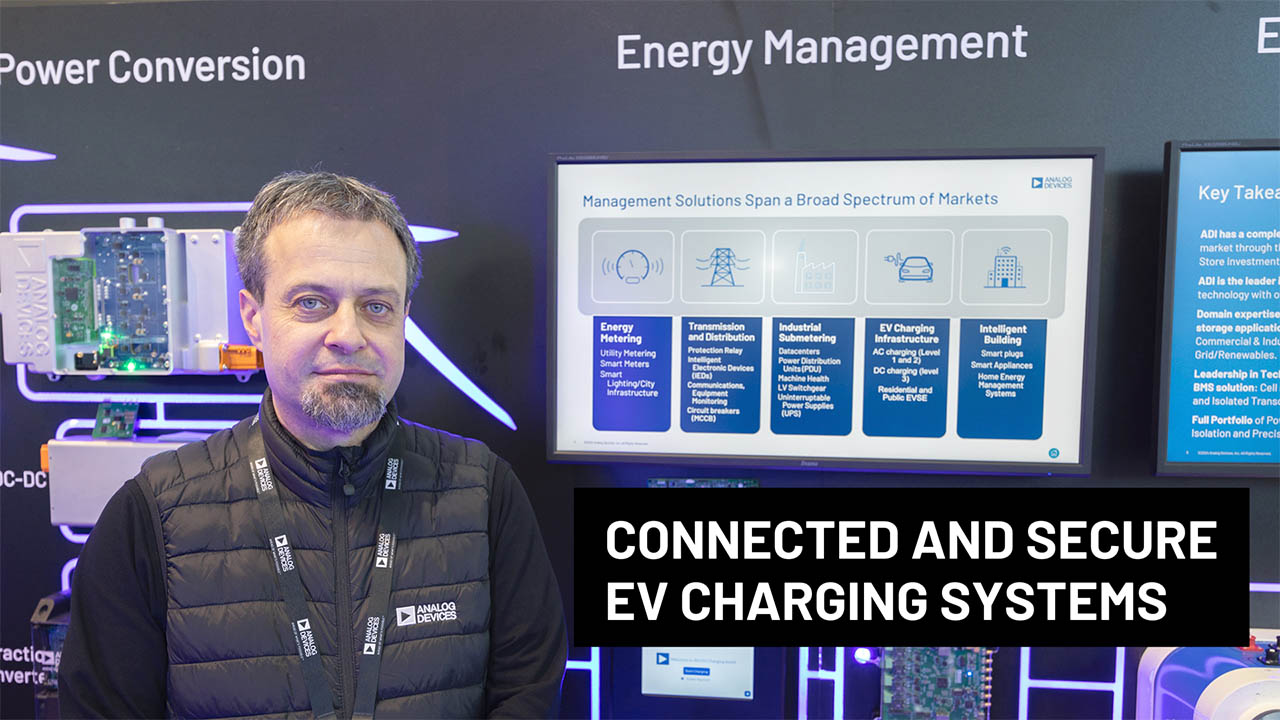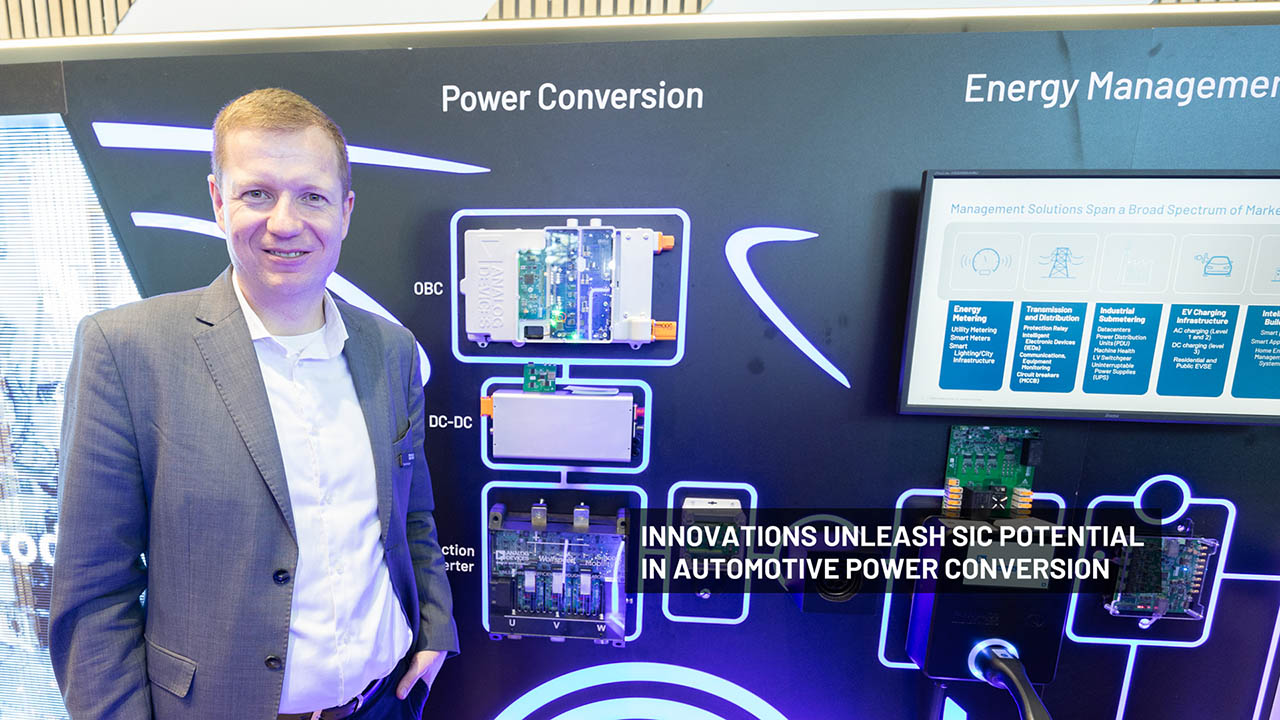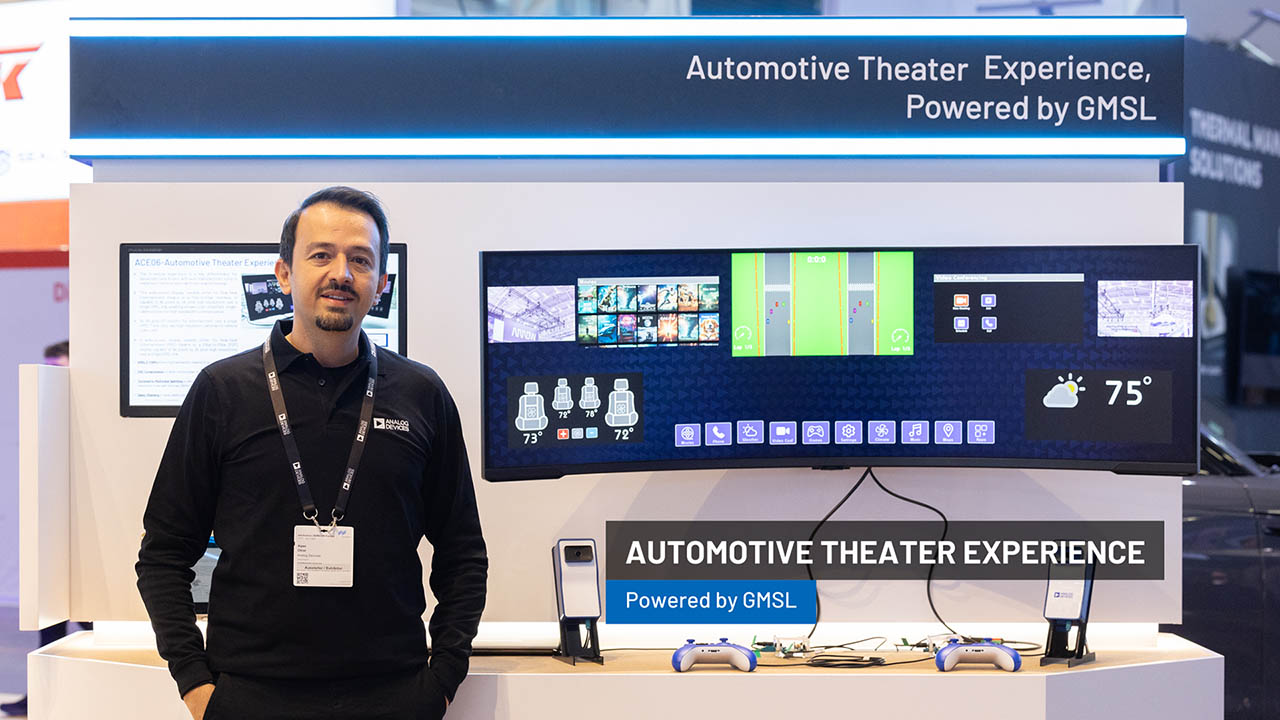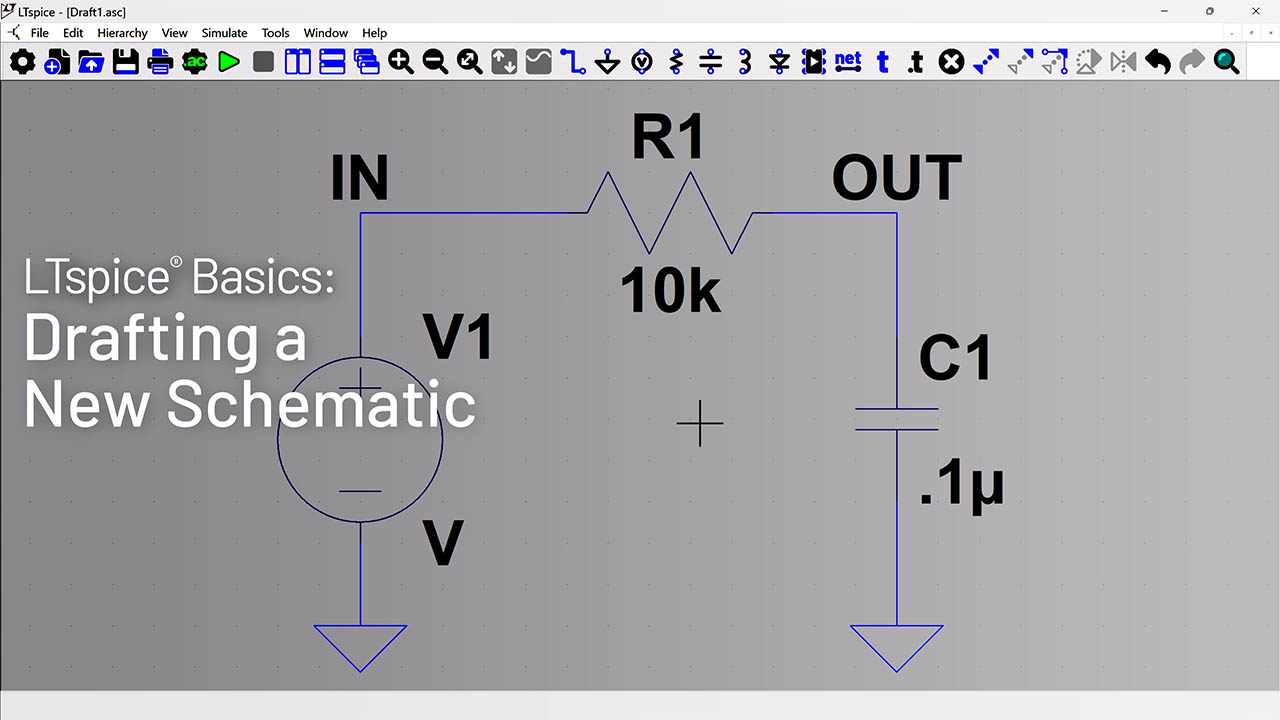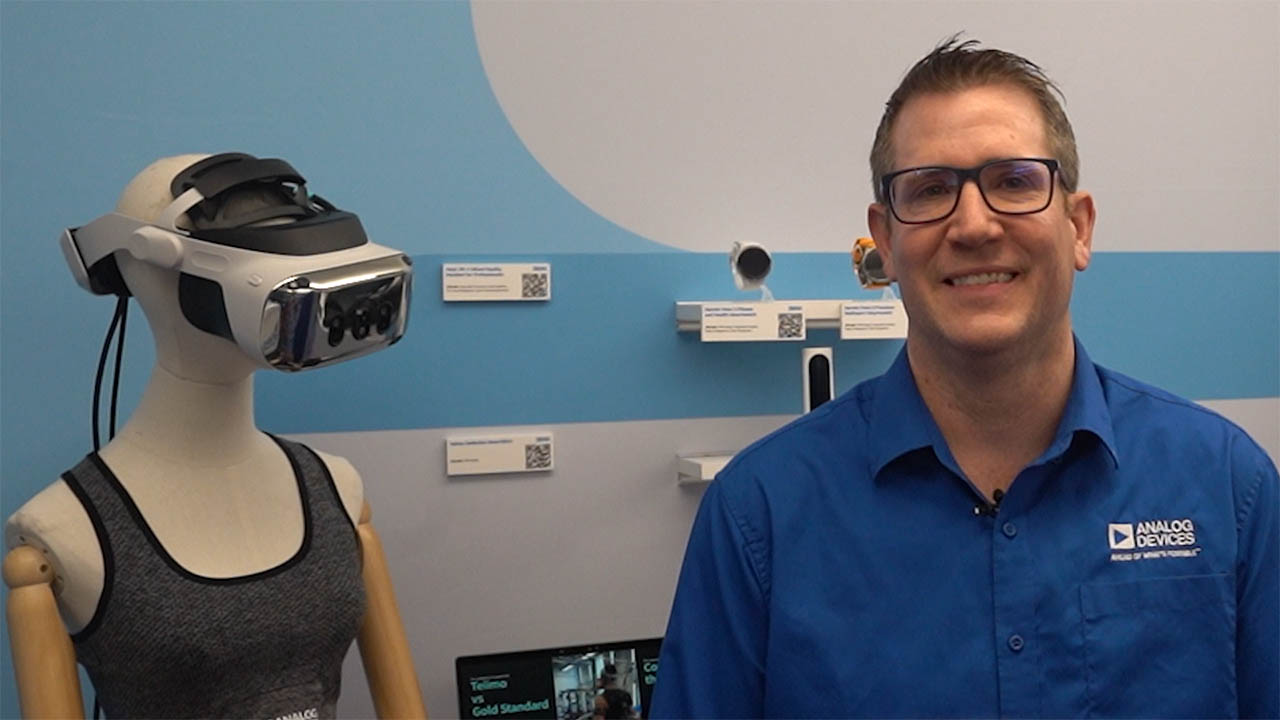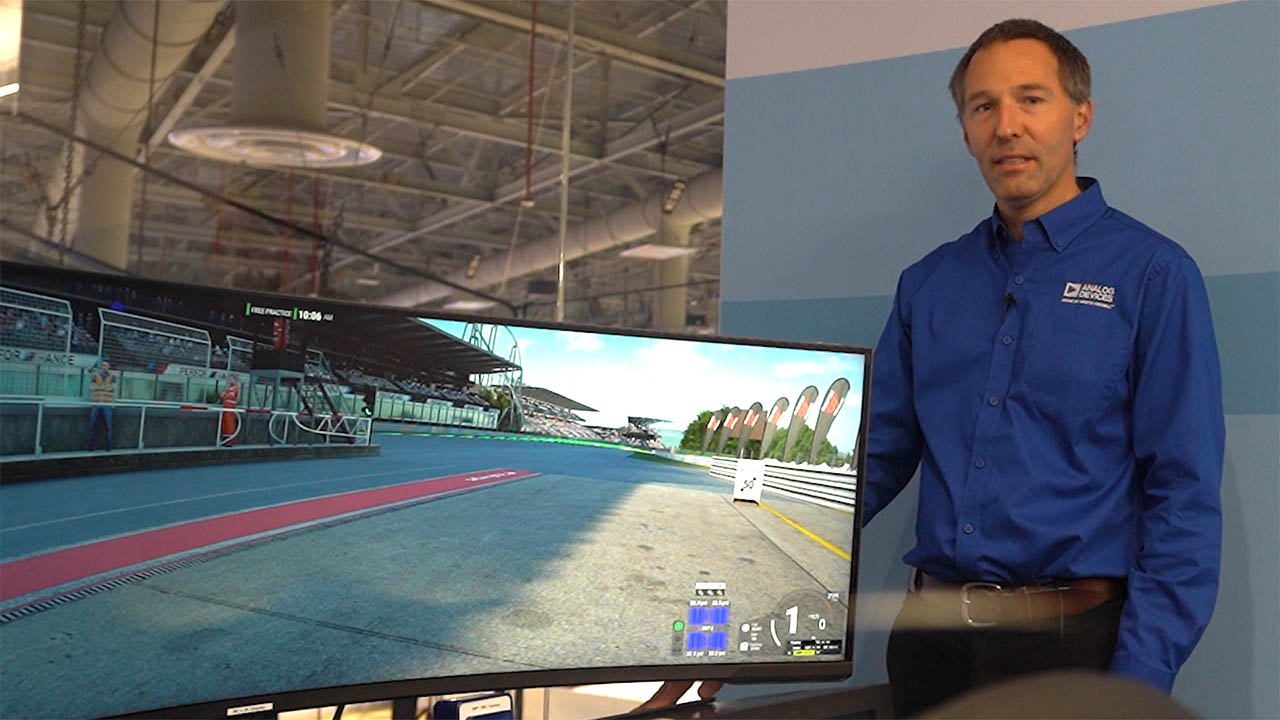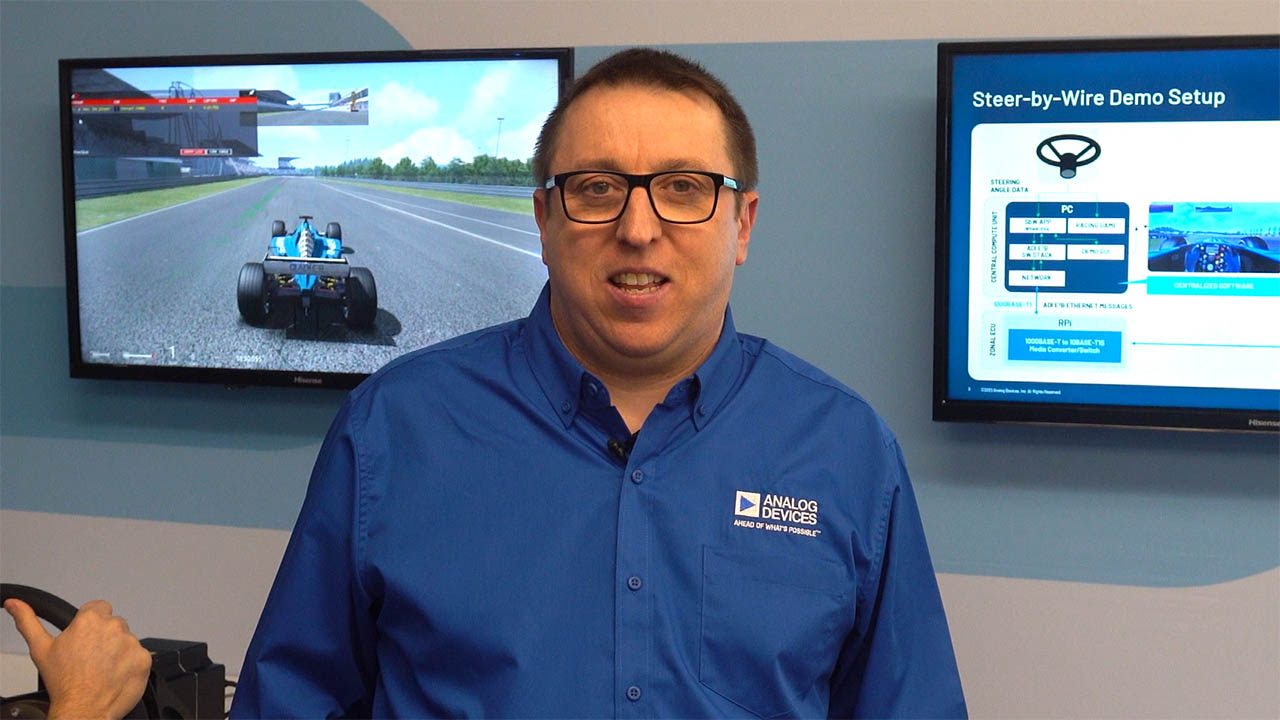Buck-Boost Converter Minimizes Output Voltage Transients from Very Low to High Output Current
Buck-Boost Converter Minimizes Output Voltage Transients from Very Low to High Output Current
by
Mark Jordan
Mar 1 2005
Introduction
Most handheld devices incorporate a low power mode (Burst Mode operation) to save precious battery life during an extended period of inactivity. Transitions from Burst Mode operation, however, can induce transient perturbations in the output voltage, which drain the battery unnecessarily. The LTC3443 Buck-Boost converter minimizes output voltage transient perturbations, and thus realizes the promise of Burst Mode operation to significantly increase battery run time.
The LTC3443 incorporates an adaptive clamp on the VC pin—active during Burst Mode operation—which holds the error amp integrator capacitor to a fixed voltage determined by the input and output voltage. The clamp is removed when the LTC3443 is commanded out of Burst Mode operation. In this way, the compensation capacitors are already close to the nominal steady state voltage at the transition out of Burst Mode operation, so the output voltage transient magnitude and duration is minimized.
3.3W Li-Ion to 3.3V Converter
A typical application for the LTC3443 is illustrated in Figure 1 with a Li-Ion battery as the input source with the output voltage set to 3.3V at 1A max. Peak efficiency for the application is 96% and 94% during the Buck-Boost region (VOUT ≈ VIN) when all four switches are commutating. Figure 2 shows the output voltage response when the LTC3443 transitions from Burst Mode operation to fixed frequency operation. The output transient is within 3% of the nominal output voltage. The output ripple during Burst Mode operation is typically 1%. A +1% offset is incorporated in the DC value of the output voltage during Burst Mode operation to better “voltage position” the output in case of an immediate load transient. Figure 3 shows the reverse transition: from fixed frequency operation to Burst Mode operation.

Figure 1. Lithium-Ion to 3.3V converter at 1A utilizing all ceramic capacitors.

Figure 2. Transient response of the converter in a transition from Burst Mode operation to fixed frequency operation.

Figure 3. Transient response of the converter in a transition from fixed frequency operation to Burst Mode operation.
LTC3443 Features
The LTC3443 has an internally trimmed 600kHz oscillator, which can be synchronized from 690kHz to 1.2MHz. The input range is 2.4V to 5.5V and the output range is specified from 2.4V to 5.25V. The output can operate as low at 0.4V with the addition of Schottky diode. The LTC3443 has true output disconnect and inrush current control via a soft start function. The quiescent current in Burst Mode is a mere 28µA, maximizing light load efficiency. During shutdown the supply current is less than 1µa. The LTC3443 is designed to withstand a short circuit by incorporating features such as foldback current limit and thermal shutdown. All of this power and functionality is packed into a tiny 4mm by 3mm thermally enhanced surface mount DFN package.
About The Authors
Related to this Article
Products
{{modalTitle}}
{{modalDescription}}
{{dropdownTitle}}
- {{defaultSelectedText}} {{#each projectNames}}
- {{name}} {{/each}} {{#if newProjectText}}
-
{{newProjectText}}
{{/if}}
{{newProjectTitle}}
{{projectNameErrorText}}




